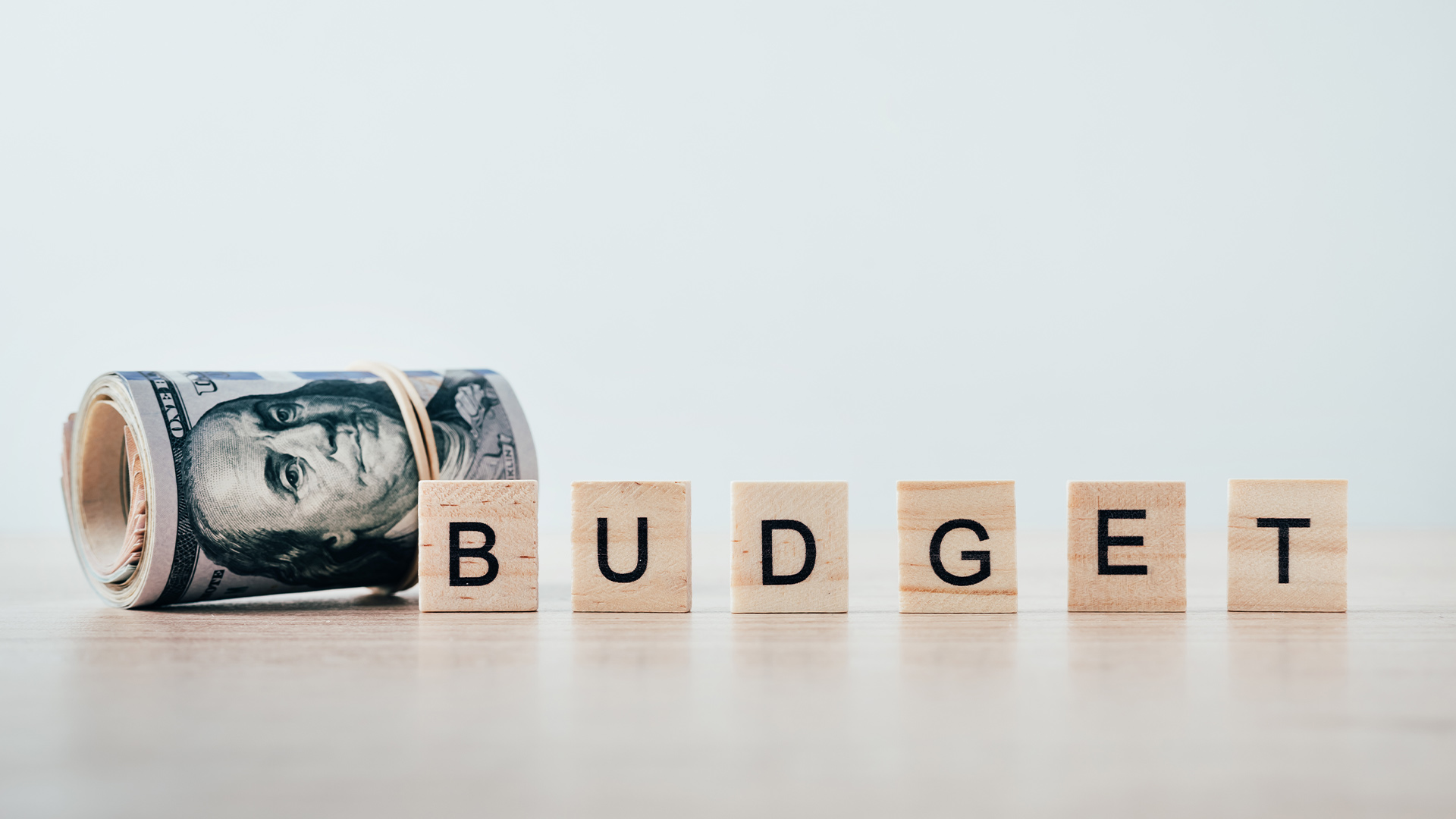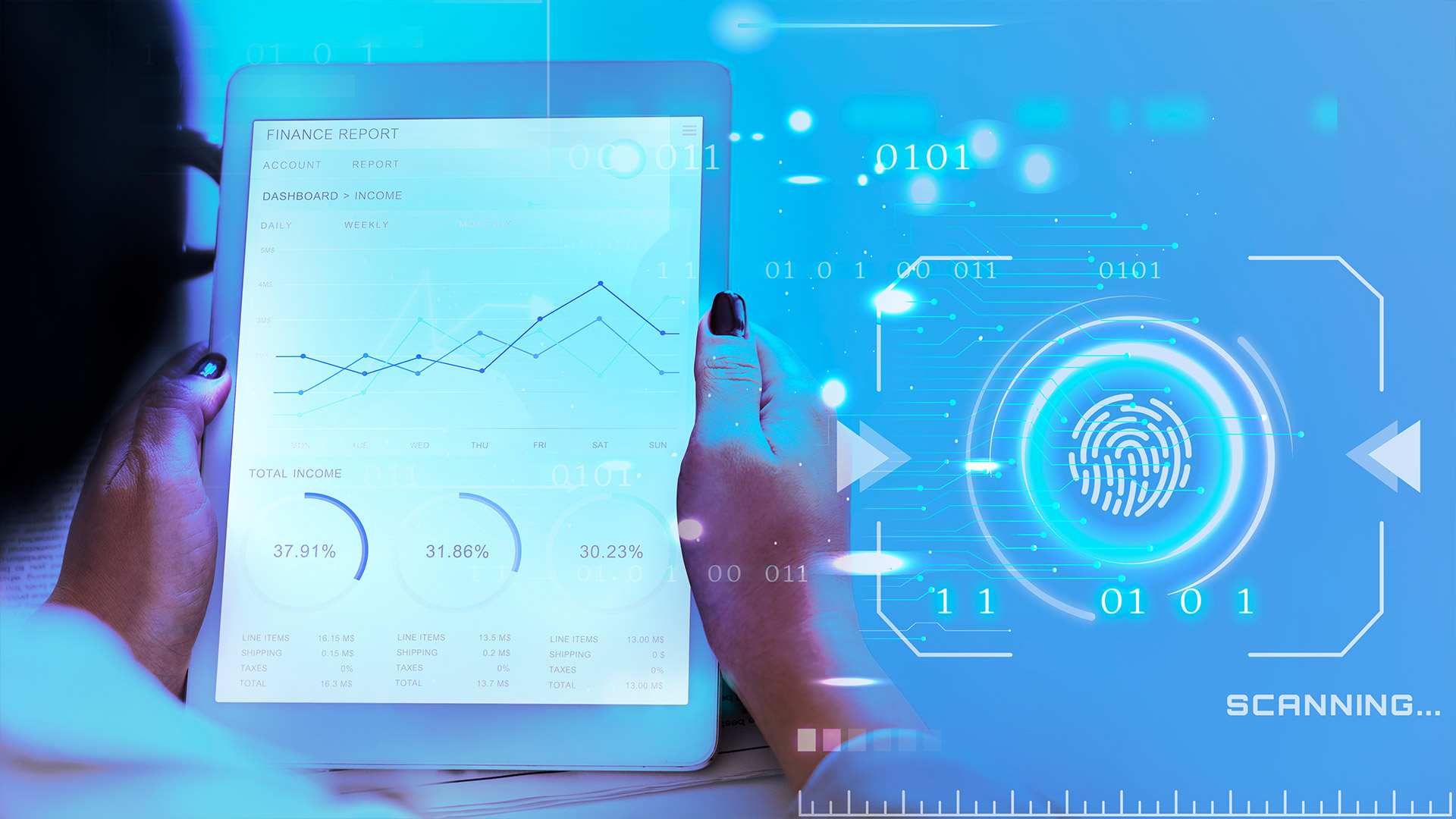
The Ultimate Daily Money Tracker
It’s the slow leak of daily spending that drains your budget. That’s why a simple daily money tracker is one of the most effective tools you can use to stay in control.
If you’ve ever felt like you’re managing your money in a fog--checking five different apps, forgetting what bills are due, or losing track of your goals--a daily finance dashboard can clear it all up. It’s not just for data geeks or spreadsheet lovers. It’s a tool anyone can use to stay financially grounded in just a few minutes a day.

If you’ve ever felt like you’re managing your money in a fog--checking five different apps, forgetting what bills are due, or losing track of your goals--a daily finance dashboard can clear it all up. It’s not just for data geeks or spreadsheet lovers. It’s a tool anyone can use to stay financially grounded in just a few minutes a day.
Think of it like a command center for your money. You open it once each morning (or evening), check a few key numbers, and go on with your day feeling focused and informed. No overwhelm, no chaos.
Here’s what’s on my daily finance dashboard--and why each piece matters.
At the top of my dashboard, I keep a quick view of all my main accounts:
Why it matters: This gives me a sense of cash flow and financial posture in one glance. I can see if anything looks off, like a lower balance than expected or a surprise credit card spike.
Right below the balances, I list out any pending transactions:
Why it matters: Pending transactions can throw off your actual available balance. Seeing them listed helps me avoid thinking I have more cash than I really do.
This section includes:
Why it matters: I used to forget about small bills--subscriptions, insurance, annual renewals. Now, every Monday I load this section with anything coming up that week. It’s a five-minute habit that saves me late fees and last-minute stress.
This is where I manually enter each purchase, transfer, or payment I make throughout the day. I include:
Why it matters: Daily tracking keeps me honest. I don’t rely on memory. And seeing everything in one place helps me notice trends--like too many takeout meals or creeping subscription costs.
I use a basic formula that automatically adds up what I’ve spent this week in each major category:
Why it matters: This running tally keeps me from blowing the budget by Thursday. It also makes my weekly review a breeze--most of the work is already done.
In this section, I list my money-related goals for the week, usually 2-3 items:
Why it matters: This turns financial management into action--not just observation. It reminds me that even small moves add up.
I also use the dashboard to track money habits I’m working on. Just a simple checkbox list:
Why it matters: This builds consistency. When I see a chain of checkmarks, I’m motivated to keep going. And when I break the streak, I don’t beat myself up--I just restart.
Using conditional formatting or a simple bar chart, I track my progress toward each active savings goal:
Why it matters: Visual progress is powerful. Even a small bump in savings feels exciting when you see the bar move. It turns saving into a game.
At the very bottom, I include one reflection question that rotates each day:
Why it matters: Money isn’t just math--it’s mindset. This prompt helps me stay connected to the emotional side of spending and saving.
This dashboard takes me 5-10 minutes a day, max. Some days I just check balances and log two purchases. Other days I sit for a few more minutes to reflect and update categories.
It doesn’t replace long-term planning or deep dives--but it keeps my money top-of-mind in a gentle, consistent way.
I don’t miss due dates anymore. I catch subscription creep before it gets annoying. And most importantly, I feel calm and confident about my financial life--even when things are a little messy.
That’s the real value of a daily dashboard: not perfection, but peace of mind.

It’s the slow leak of daily spending that drains your budget. That’s why a simple daily money tracker is one of the most effective tools you can use to stay in control.

Spreadsheets might not be the sexiest part of managing money, but they’re one of the most powerful. A good budget spreadsheet saves you time, cuts down on stress, and shows you exactly where your money’s going--and where it should go instead.

Managing money takes effort--but it doesn’t have to take time every single day. Thanks to financial automation, you can set things up once and let smart tools do the work in the background. That means fewer late fees, fewer missed goals, and way less mental clutter.